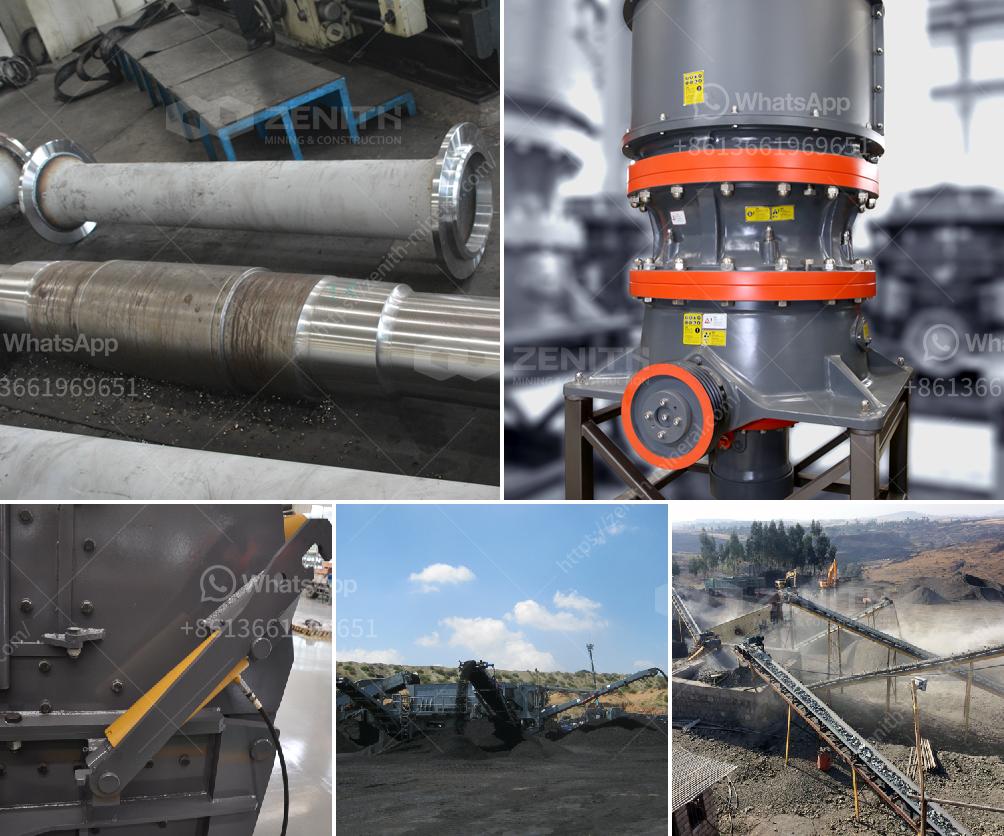Separating gold from chalcopyrite involves a series of complex processes commonly used in mineral processing. Here’s a general overview of the steps:
-
Crushing and Grinding:
- Objective: Break down the chalcopyrite ore to liberate the gold particles.
- Process: Use crushers and grinders to reduce the ore into fine particles.
-
Froth Flotation:
- Objective: Separate chalcopyrite from other minerals.
- Process: Add reagents to the slurry (mixture of finely ground ore and water), which makes chalcopyrite hydrophobic (repels water). Air bubbles are introduced, and chalcopyrite attaches to them, rising to the surface and forming a froth, which is skimmed off.
-
Concentrate Roasting and Leaching:
- Objective: Oxidize the chalcopyrite and expose the gold.
- Process: Roast the flotation concentrate in a furnace to oxidize sulphides. This may free up the gold, which can be further treated with leaching agents. Cyanide is commonly used for gold leaching due to its efficiency in dissolving gold.
-
Cyanidation:
- Objective: Dissolve the gold from the roasted concentrate.
- Process: Treat the concentrate with a cyanide solution to form a gold-cyanide complex. Throughout this process, ensure aeration to facilitate the leaching.
-
Gold Extraction from Solution:
- Objective: Recover gold from the cyanide solution.
- Process: Use methods like activated carbon adsorption or the Merrill-Crowe process (zinc precipitation) to separate gold from the solution.
-
Gold Refining:
- Objective: Purify the gold.
- Process: Melt the recovered gold and subject it to further refining processes, such as electrolysis or the Miller process, to achieve high purity.
-
Waste Management:
- Objective: Treat and dispose of waste materials responsibly.
- Process: Neutralize and safely dispose of or recycle tailings and other byproducts.
Safety and Environmental Precautions:
- Ensure proper handling of chemicals, like cyanide, and follow strict environmental regulations to minimize impact.
- Use personal protective equipment (PPE) and enforce strict safety protocols.
Given the intricacies involved, it is usually recommended to perform these processes in a controlled industrial setting with appropriate expertise and equipment.


